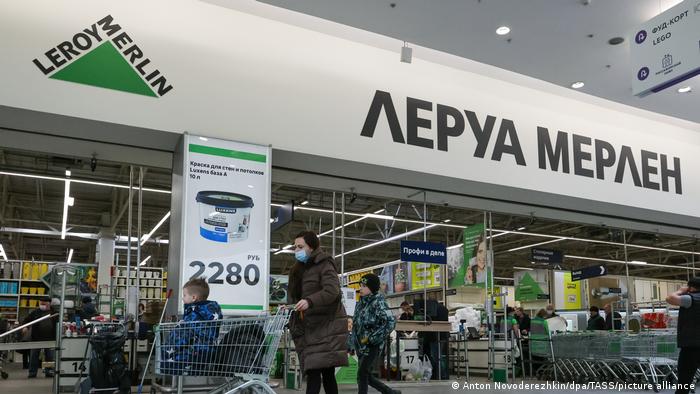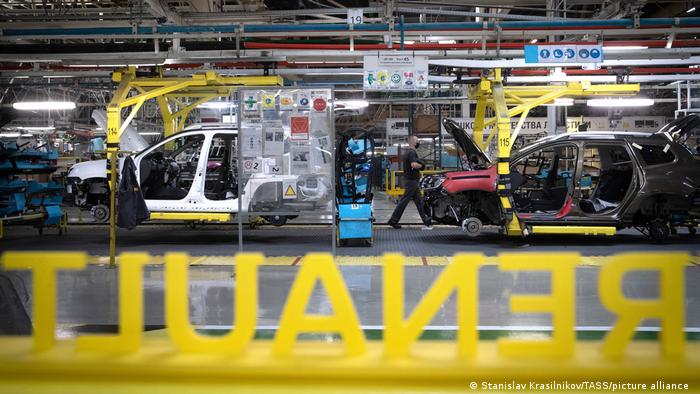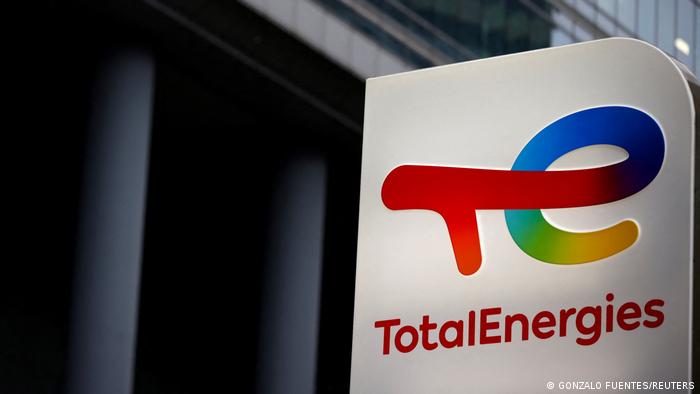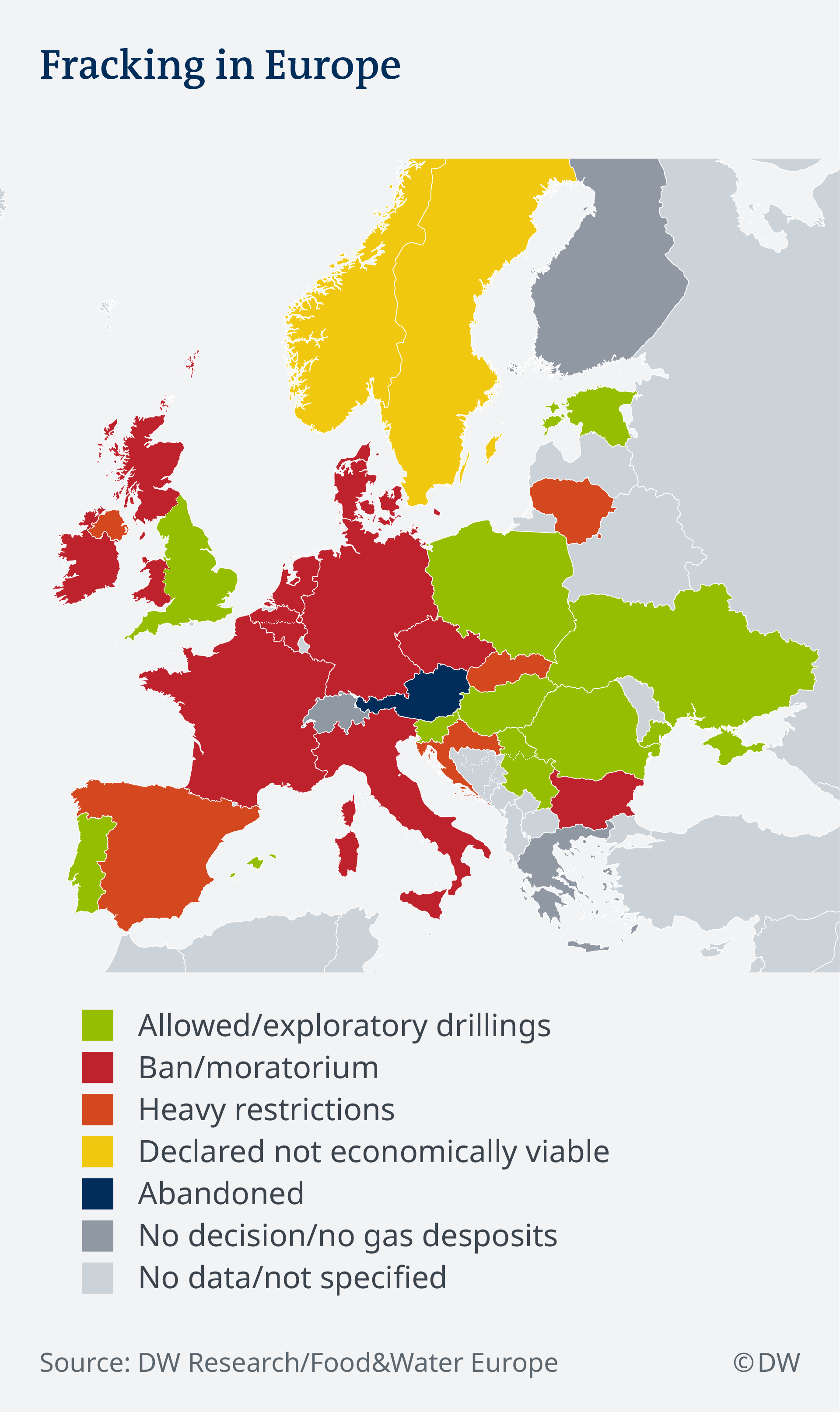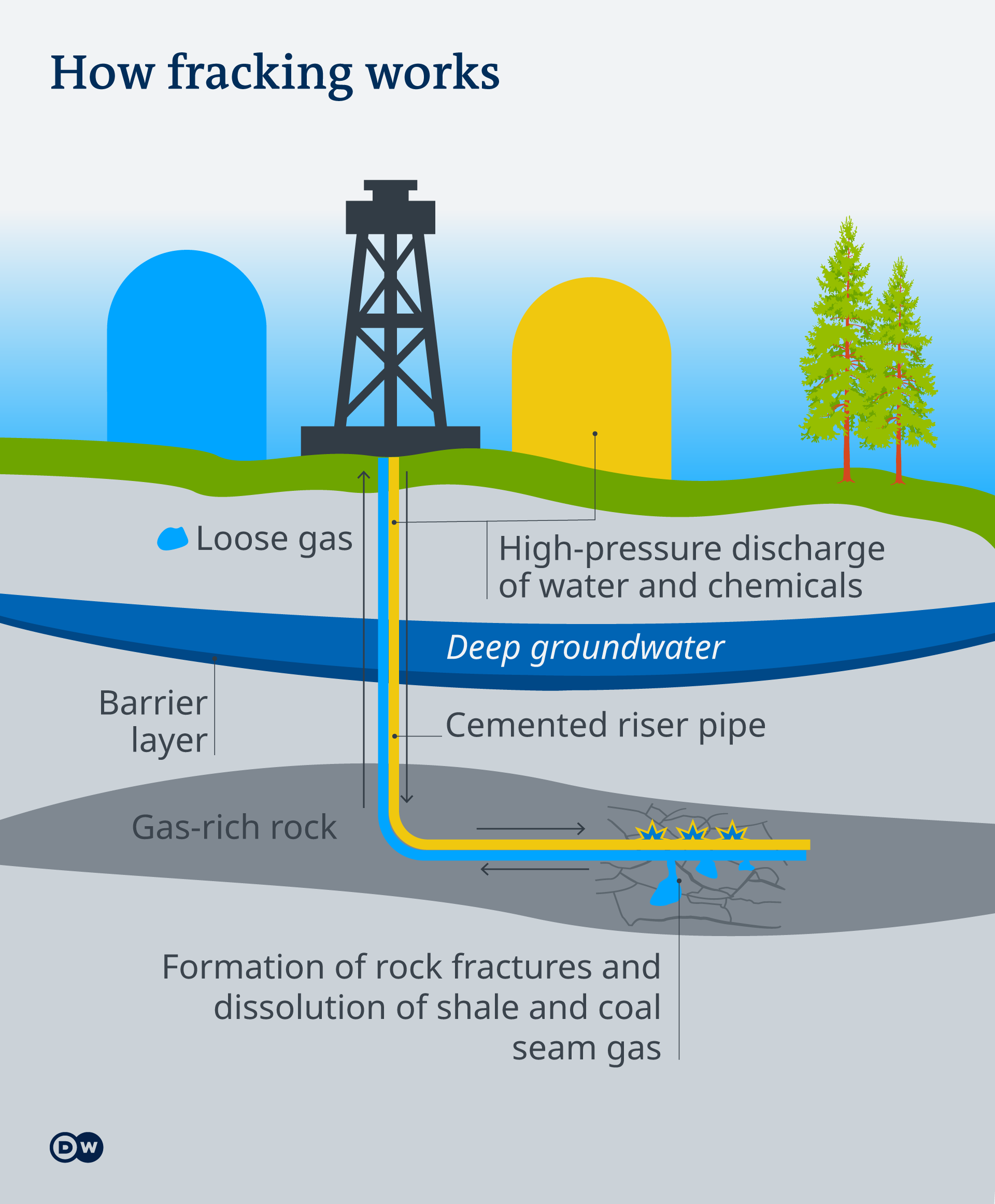The political activist Masih Alinejad has to be accompanied by personal security wherever she goes — even in the United States. The journalist and author’s fight for women’s rights and against compulsory veiling laws is dangerous in her native Iran and abroad. US authorities believe that Iran's secret service is trying to kidnap Alinejad in order to take her to Tehran. But, despite living in a safe house with her family, she won’t be silenced.
"I'm an Iranian journalist and activist. And I always say that basically I'm a troublemaker for the oppressors in (the) Islamic Republic." — Alinejad

Political activist Masih Alinejad
Alinejad has more than 7 million social media followers around the world — including in Iran. She uses her fame to support Iranians opposing the Islamic Republic, making their voices heard around the world. In Iran itself, the media is tightly controlled and heavily censored. Many Iranians, especially women, turn to Alinejad to voice their resistance and opposition to the Iranian regime.
"I'm giving them a voice and my social media. You can see I have more than 7 million followers — more than the ayatollahs in Iran. So I'm not an actress, I'm not a model, I'm an activist. So people actually use my platform to break the censorship, to send their message to the rest of the world. And that is scares the government in Iran." — Alinejad
My Stealthy Freedom
In 2014, Alinejad started the Facebook campaign My Stealthy Freedom. In opposition to Iran’s compulsory veiling laws, she posted a photo of herself without a hijab. Countless Iranian women followed suit, and by the end of 2016, the Facebook page had received over 1 million likes.

Alinejad says she is giving women "a voice and my social media"
In 2017, Alinejad, who lives in self-imposed exile, started the campaign #WhiteWednesdays: Every Wednesday, women would post photos of themselves wearing white headscarves or pieces of white clothing as symbols of protest against a law that forces women to wear headscarves. In Iran, women who do not abide by this law risk being beaten, arrested or sentenced to many years in prison.
"Five women of White Wednesdays campaign are in prison, and, unfortunately, some of the Western media keep silent about them. And, instead of actually asking for their release, they're saying: 'So don't you feel guilty that these women are in prison?' No. Those who actually lash(es) people for expressing themselves should feel guilty. Those who execute people in Iran should feel guilty." — Alinejad
Using social media for political activism
Alinejad won't give up. After the 2019 Iranian protests, also known as Bloody November, she started the next campaign: "My camera is my weapon."

Alinejad says supporters are "using their cameras to express themselves"
"It means when the government harass(ed) you or arrest you or bully you, you have your camera. You can expose them and mothers of those people who got killed in Iran protests. They're using their camera to express themselves. And the regime is as scared of this campaign because this is how people are gaining their voice back." — Alinejad
Alinejad called the women participating in the campaign and revealing their faces freedom fighters who are risking their lives in order to topple the Iranian regime, no matter the consequences.
"The regime actually made a new law and saying that if anyone sent videos to Masih Alinejad will be charged up to 10 years prison. That didn't work. I still get bombarded by videos from people who are brave enough to challenge the laws in Iran." — Alinejad
Family members arrested
Like many Iranian activists in exile, Alinejad and her family are subjected to intimidation by the Iranian secret service. Her mother has been interrogated, her brother has been arrested and sentenced to multiple years in prison. The Iranian regime is trying to break her resistance, says Masih Alinejad, because they know that many Iranians support her.

Alinejad says Iran's government sent kidnappers to adopt her from her home in Brooklyn
"They do different tactics to censor me, like making me feel guilty, making me feel miserable, scaring people from sending videos to me or sending someone to kidnap me here from my house in Brooklyn, in New York. These are the tactics that the regime are using to keep the people of Iran silent." — Alinejad
The Abdorrahman Boroumand Center human rights organization estimates that more than 500 Iranians have been abducted or assassinated by the regime. Many of those reported missing have never been found.
In the United States, a new bill was unveiled to impose mandatory sanctions against Iranian regime agents involved in the surveillance, harassment, kidnapping or assassination of Iranian or US citizens critical of the Iranian regime. The bill, called the "Masih Alinejad Harassment and Unlawful Target Act", was even named after Masih.
Alinejad said she would will continue to fight for Iranian women’s rights and oppose the Iranian regime.:
"They kicked me out from Iran, but they couldn't take Iran out of me." — Alinejad



